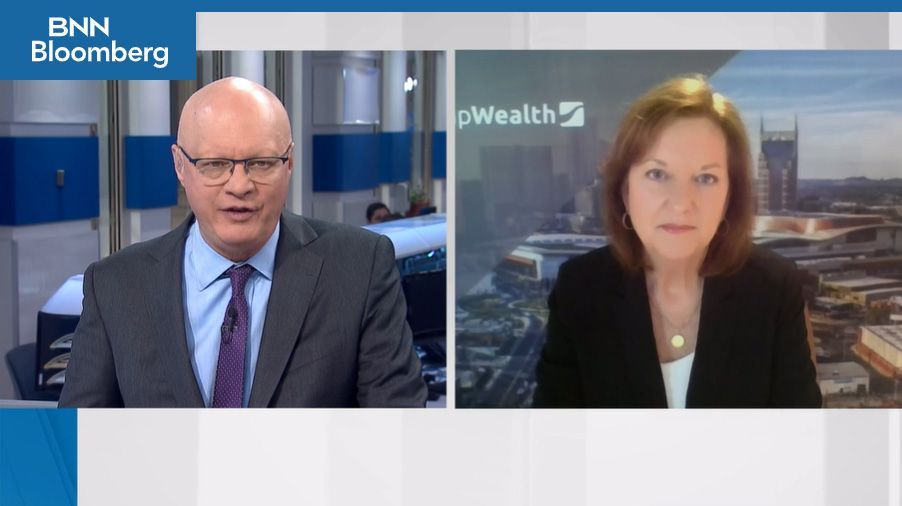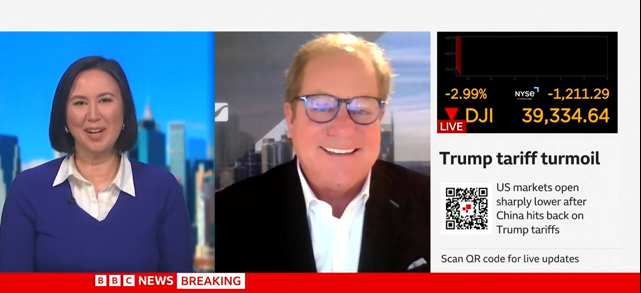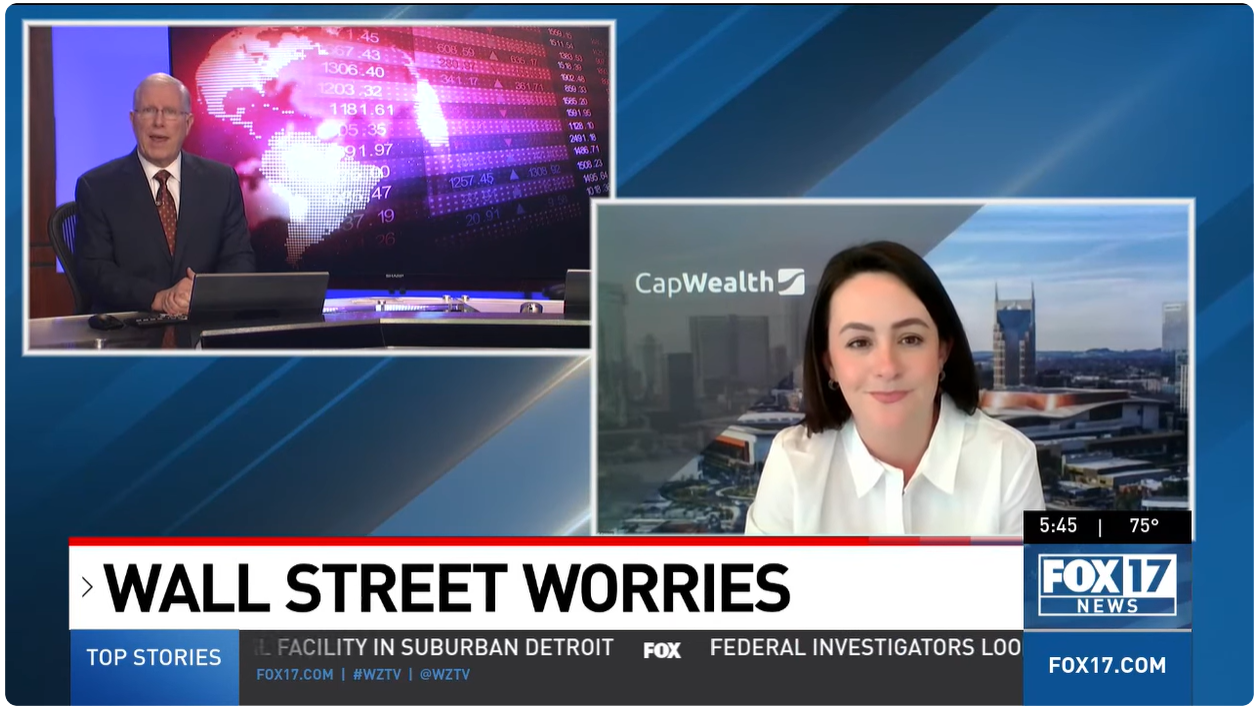Here's a primer to help us understand Medicare
April 9, 2023
As more and more baby boomers shift their focus to retirement, Medicare has become an increasingly hot topic. In fact, it’s one of the things I get asked about most often. So in this article, I'll spell out some of the basics and highlight a few things that tend to catch soon-to-be retirees off-guard.
What is it?
Medicare is a federal health insurance program for anyone over the age of 65, certain younger people with disabilities, and people with end-stage renal disease. There are three main parts to Medicare: Part A, Part B, and Part D.
Part A is what's commonly known as "hospital insurance." This covers hospital stays, care in a skilled nursing home, hospice care, and some health insurance. Part B is your "medical insurance" and covers some doctor's visits, outpatient care, and other preventative services. Part D is the prescription drug coverage that helps with the costs associated with your medications.
History of Medicare
The program dates back to July 30, 1965, when President Lyndon B. Johnson signed a bill into law that led to the creation of Medicare and Medicaid. The program was originally created to provide basic medical coverage to Americans who did not have health insurance.
In 1972, the coverage was expanded to cover people over the age of 65, younger citizens with certain disabilities, and those with end-stage renal disease. Part D for prescription drugs did not go into effect until 2006, as part of a 2003 modernization to the program, marking the most significant change that Medicare had seen to that point.
It's not free
It’s important to note that Medicare is not free. I can’t count the number of times I’ve had to break this news to people who incorrectly assume it’s an entirely free program. While it should make health care much more affordable than before enrolling, that is not always the case. So it’s crucial to understand the costs associated with the program.
Let's break it down
Original Medicare, which is comprised of Part A and Part B, pays for most, but not all, of the cost of covered health services and supplies. Part D for prescription drugs is separate. You pay for services as you go and usually pay a deductible at the beginning of the year, along with about 20% of the approved services called co-insurance. Many people also get a Medigap policy, which costs extra to make up the gaps from what original Medicare won’t pay.
Alternatively, Medicare Advantage bundles Part A and Part B and often includes Part D as well, into one plan from a private provider. This is a Medicare-approved plan and often includes vision, dental, and hearing services that original Medicare does not provide. Usually, these plans are for one year, and changes can occur at the end of the contract. You’ll be notified of these changes and may have to switch Advantage plans if a change interferes with something vital for your needs. Each plan can charge different amounts and has different rules on how you receive your care, which has led to a lot of confusion among people who use Advantage.
Issues with Medicare
There are currently several key problems with Medicare, with the enrollment process being right at the top. Switching over can be a confusing and complex process. Many people who don’t have help can make honest mistakes that result in higher out-of-pocket costs and late enrollment fees. Another glaring issue is the lack of comprehensive dental, vision, and hearing coverage. As we all know, these three areas can deteriorate as we age – and the failure of original Medicare to cover them is a huge oversight, in my opinion.
Given that the average life span in our country continues to increase, I foresee more problems arising unless these issues are addressed. In the meantime, for anyone 65 or older who needs to enroll in Medicare, it’s a good idea to discuss your options with a qualified financial adviser. These professionals can help determine the types and amount of coverage that’s right for you.
Jennifer Pagliara, CFP, CTFA, is an executive vice president and financial adviser at CapWealth. For more information, visit
capwealthgroup.com.













